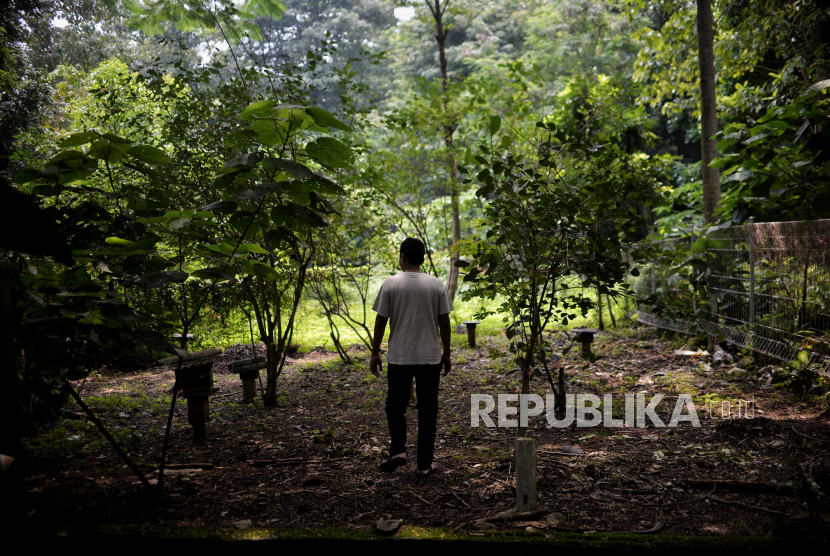REPUBLIKA.CO.ID, JAKARTA -- Urban planning observer from Trisakti University, Nirwono Joga, assessed that DKI Jakarta still lacks green open space (RTH). To date, the extent of RTH is still at 9.98 percent, far from the minimum target of 30 percent.
“The distribution is also still concentrated in Central Jakarta, such as Menteng, Monas, Banteng Square and surrounding areas; as well as South Jakarta including Kebayoran Baru, Pondok Indah, Lebak Bulus, Ragunan, Jagakarsa,” Nirwono said when contacted by Republika.co.id, Sunday (15/10/2023).
Nirwono said that Jakarta actually has a wide potential for green open spaces. But unfortunately, the potential of such RTH has not been optimized. He then mentioned some areas in Jakarta that could be converted into RTH. Among others, 13 river banks; 13 main corridor railway tracks; MRT and LRT bridges or overpasses; under SUTET; then 109 situations/lakes/reservoirs in addition to the three newest reservoirs in Lebak Bulus, Brigif, and Kampung Rambutan.
In addition, Nirwono said, the government is also carrying out restoration of the coastal areas of the north coast, as there is a potential for mangrove forest 32 kilometers long.
“In the area of the Sudirman-Thamrin-Kuningan golden triangle, there are also still vacant lots that have been neglected or disputed for many years. And it can be conjured into a public RTH like it does in Hong Kong, Tokyo, Sydney,” said Nirwono, who also serves as Executive Director of the Center for Urban Studies.
He asserts that entire cities that have an RTH of 30 percent or more, tend to be the most livable, low or Disaster Resilient cities, and their citizens are also healthier. That means that an RTH of 30 percent or more could reduce air pollution and carbon emissions.
Nirwono then exemplifies, states such as Canberra, Sydney, Melbourne, Copenhagen, Adelaide, Brisbane, Auckland, already have 40 per cent green open space. Then RTH in Singapore has reached 39 percent with a target of 56 percent.
The target RTH of at least 30 percent is also the mandate of Law (Law) Number 26 of 2007 on the Arrangement of Space Articles 29-30, and of the 1945 Constitution Article 28H Paragraph 1. Hence he called on the government to focus on meeting the RTH target.
“So I think we just focus on pursuing the RTH target. To my knowledge, a city that has an RTH of more than 30 percent, its cities are healthier, their citizens are happy, because they are not affected by disasters with bad air pollution,” Nirwono stressed.


